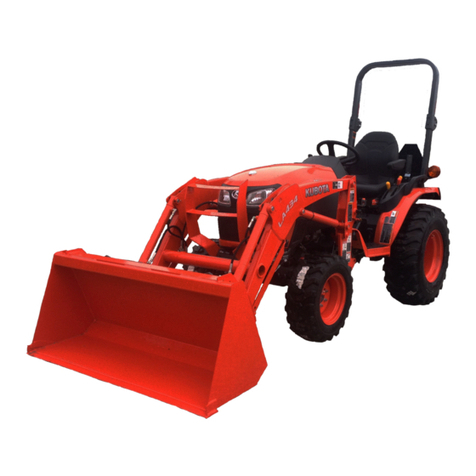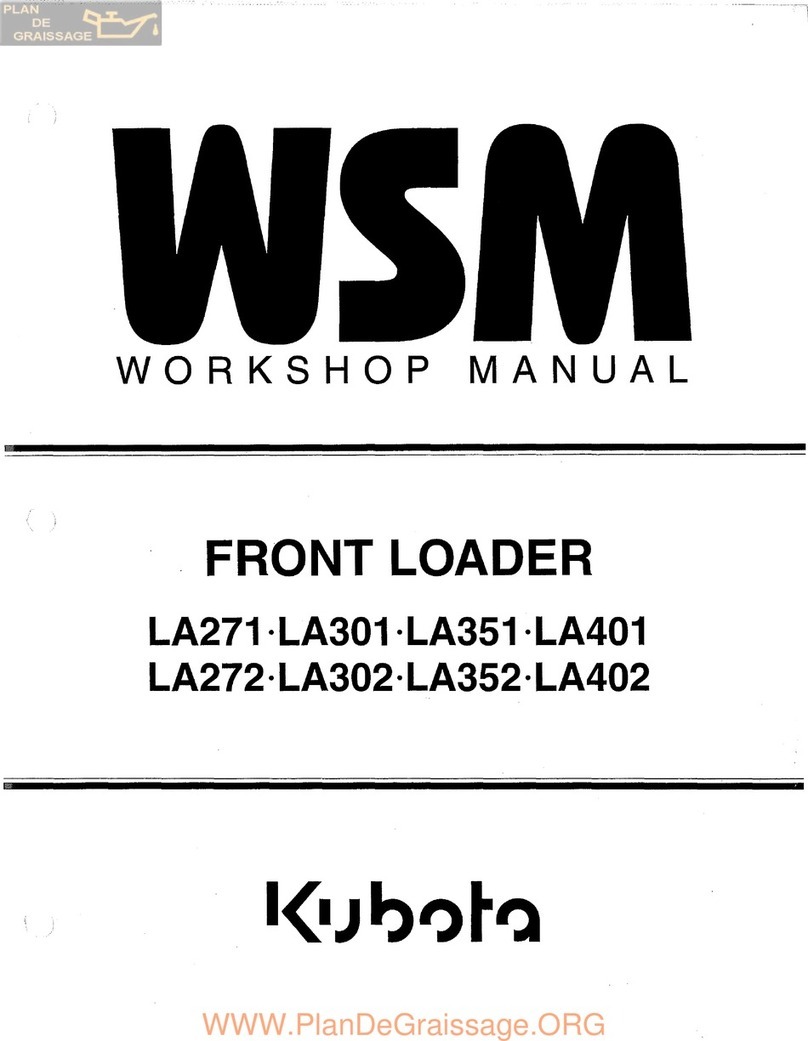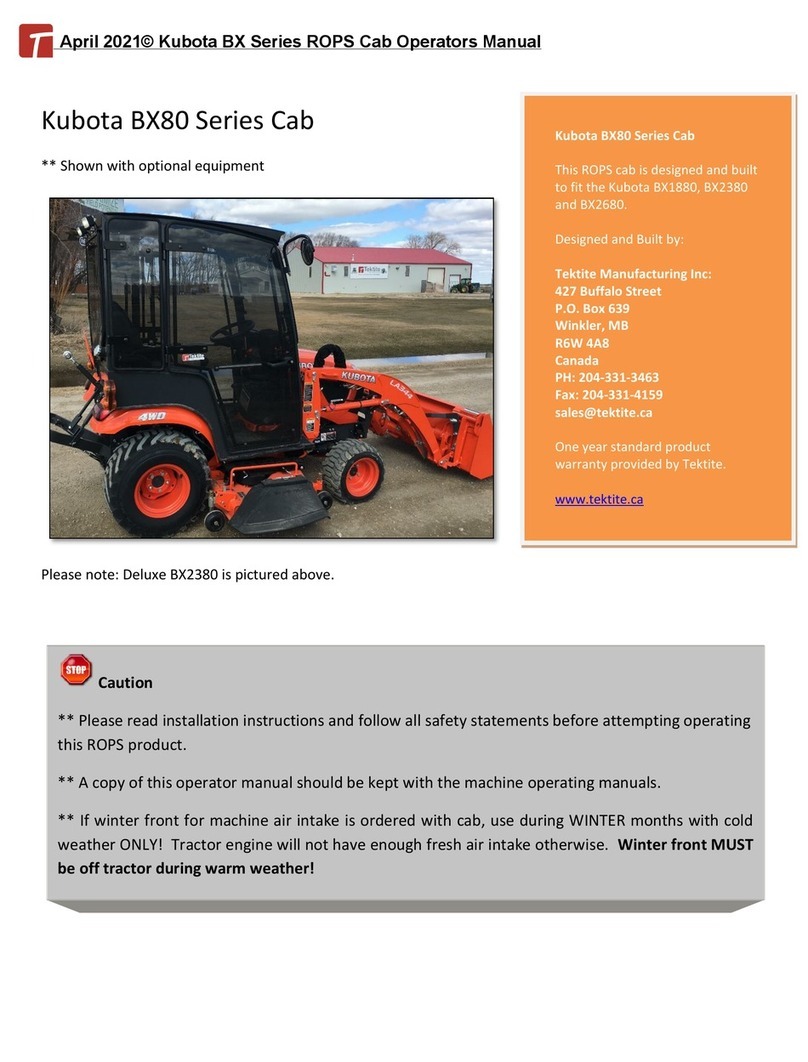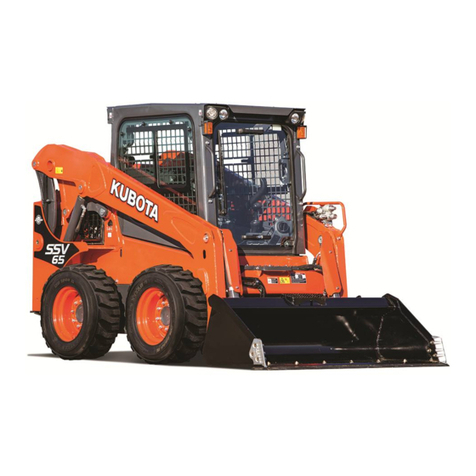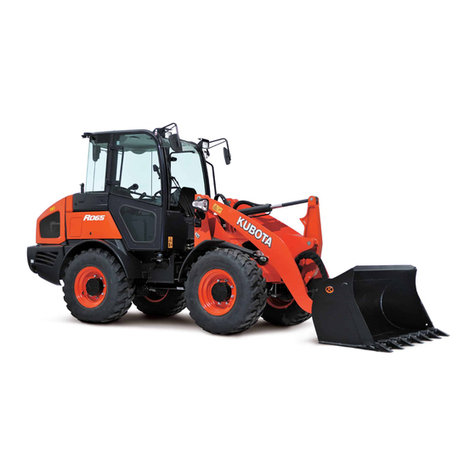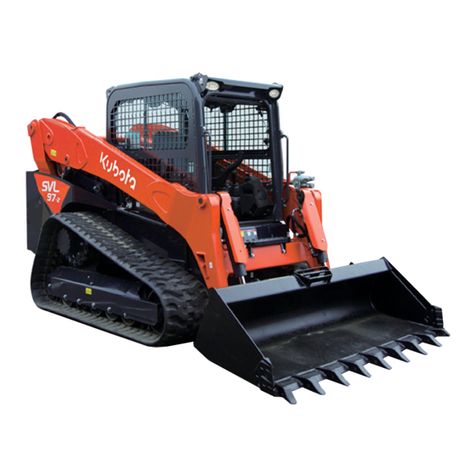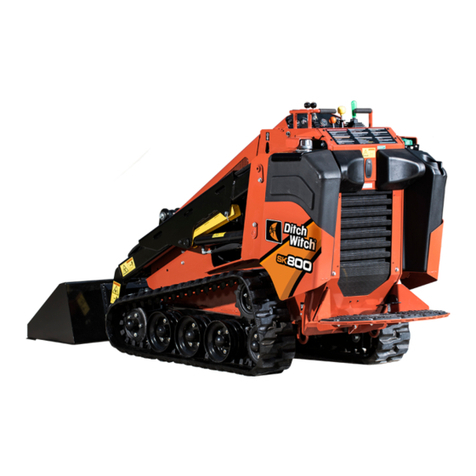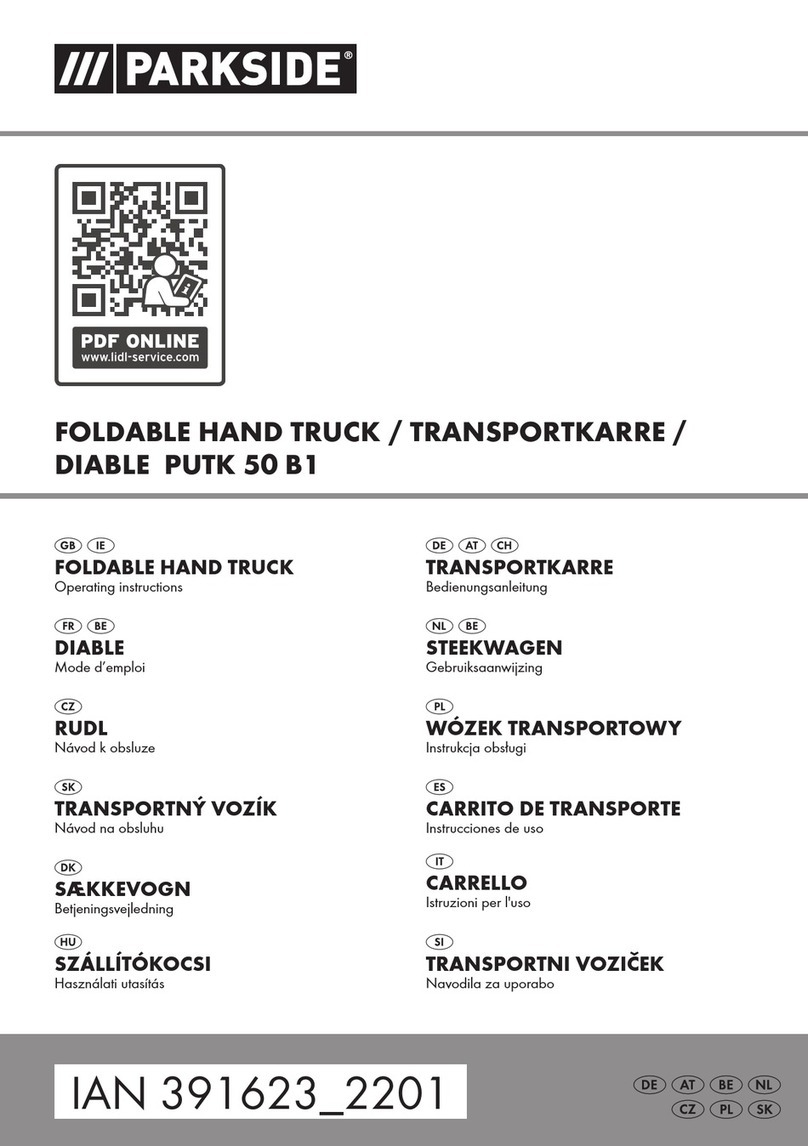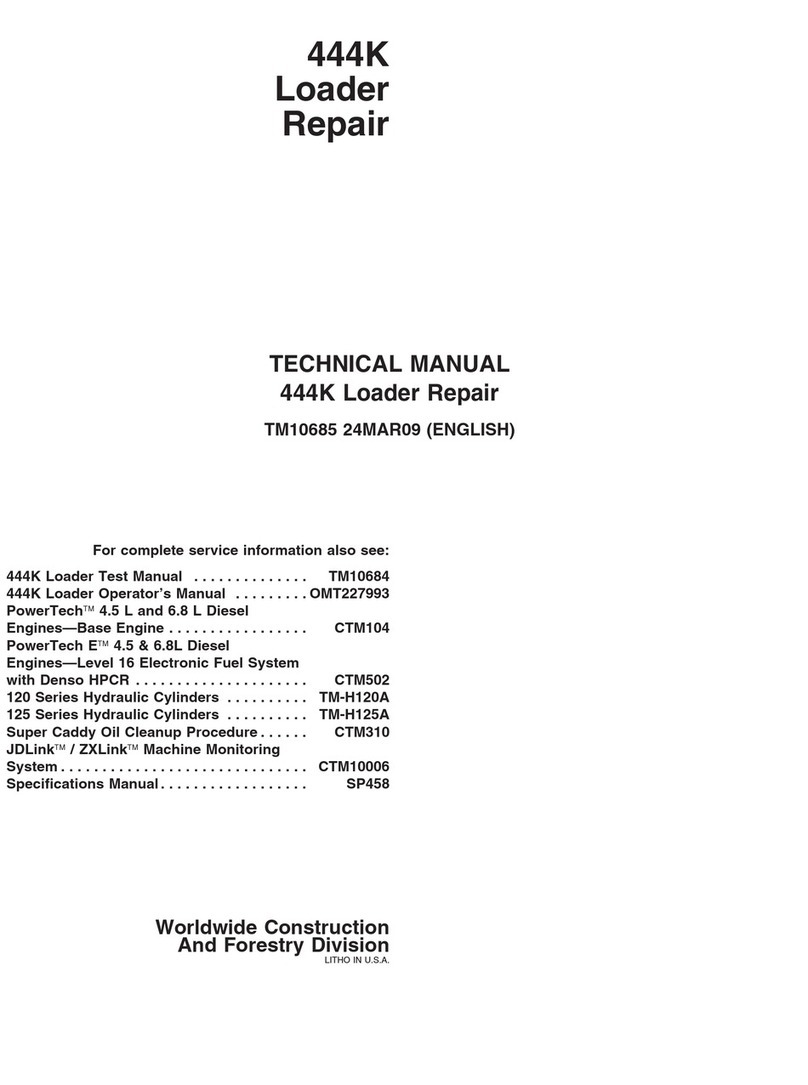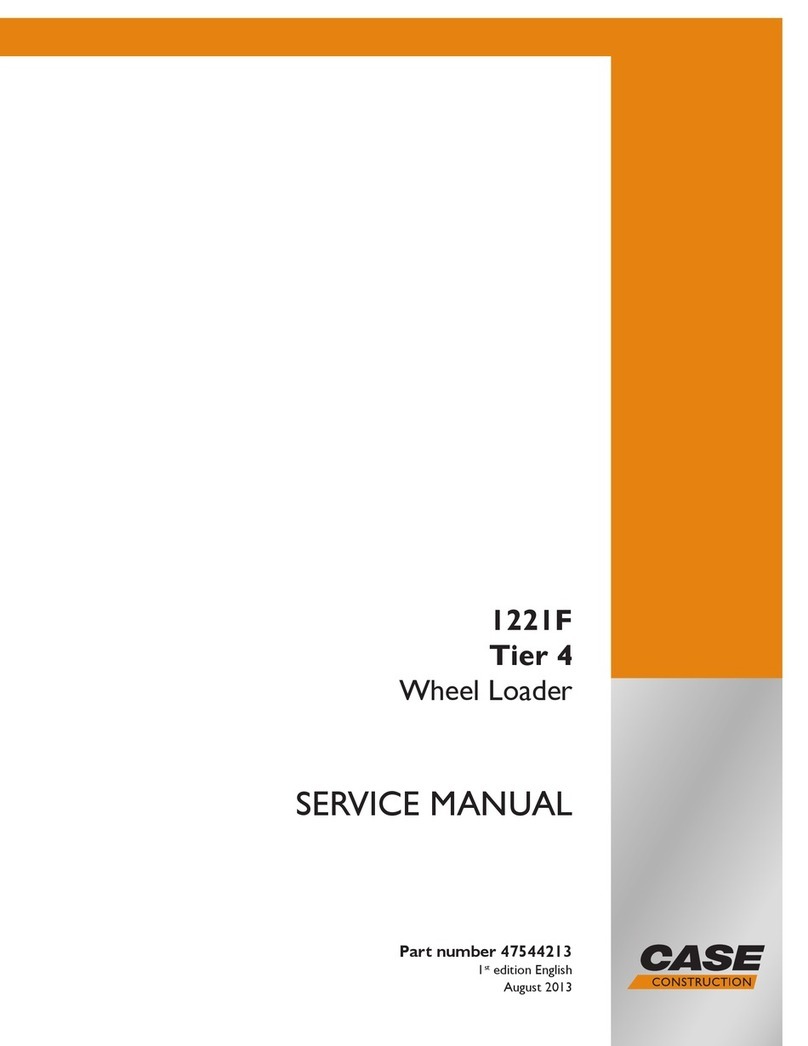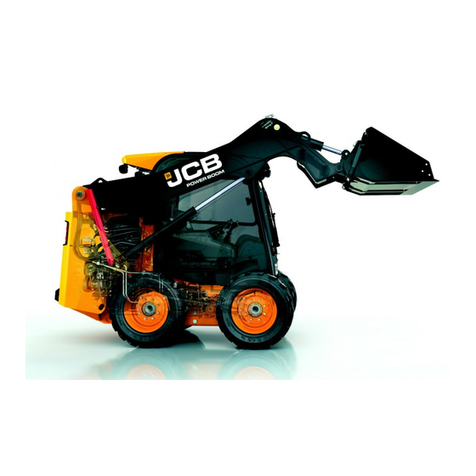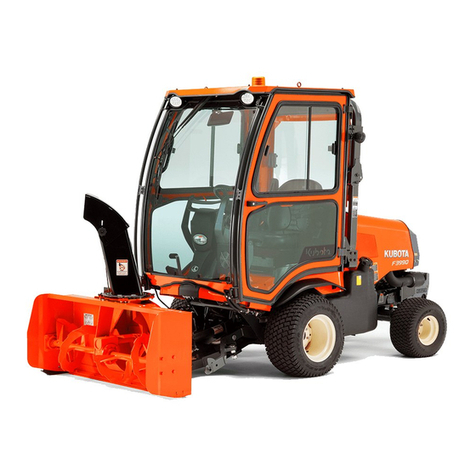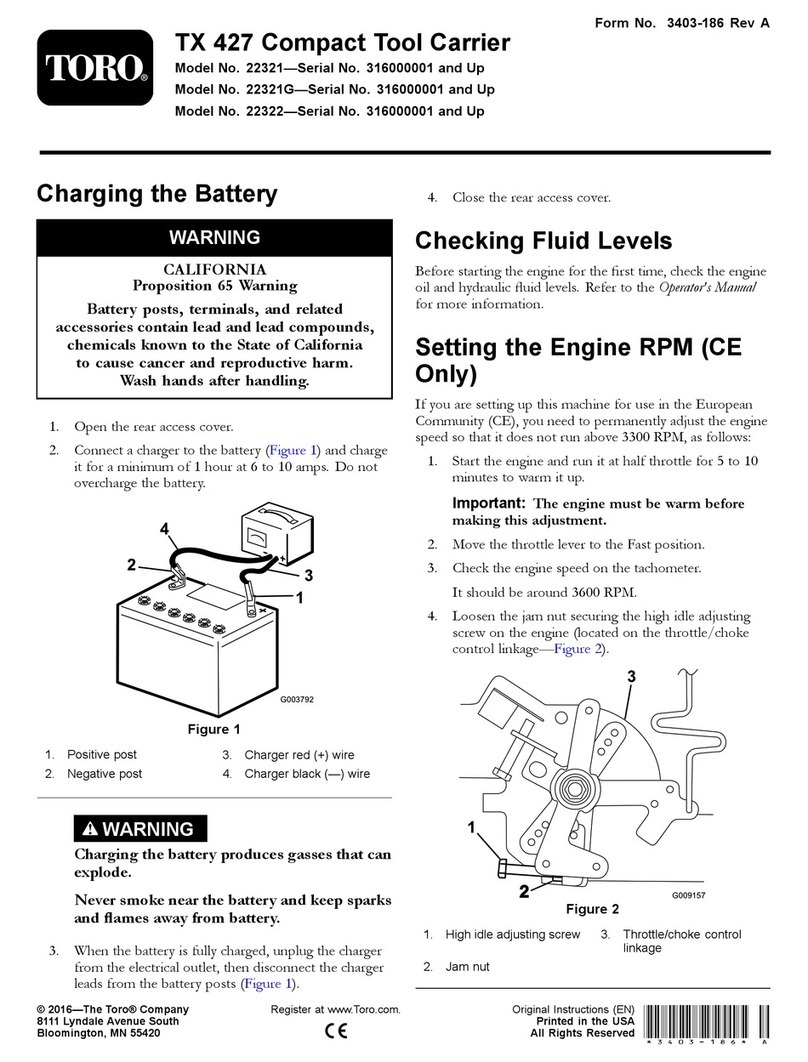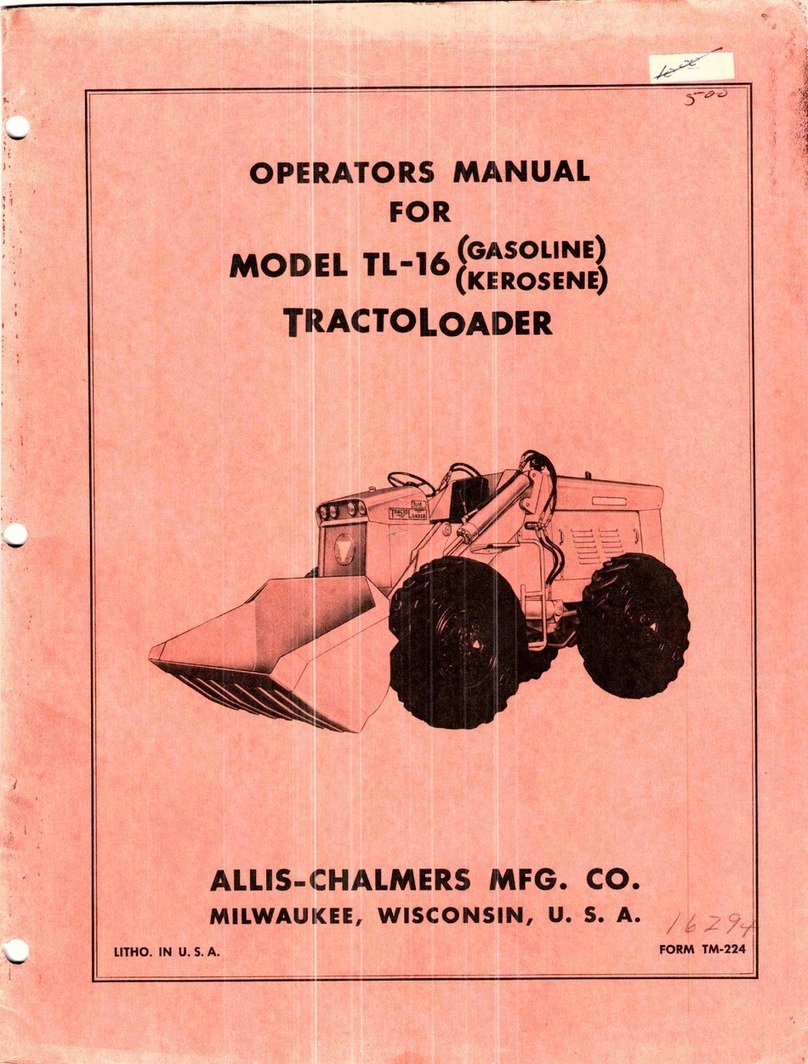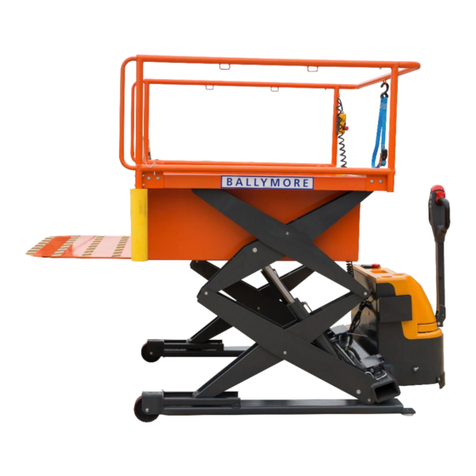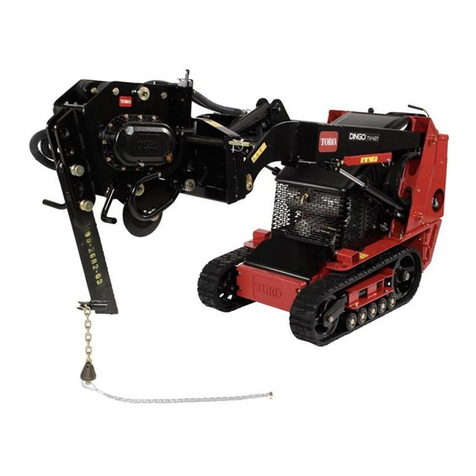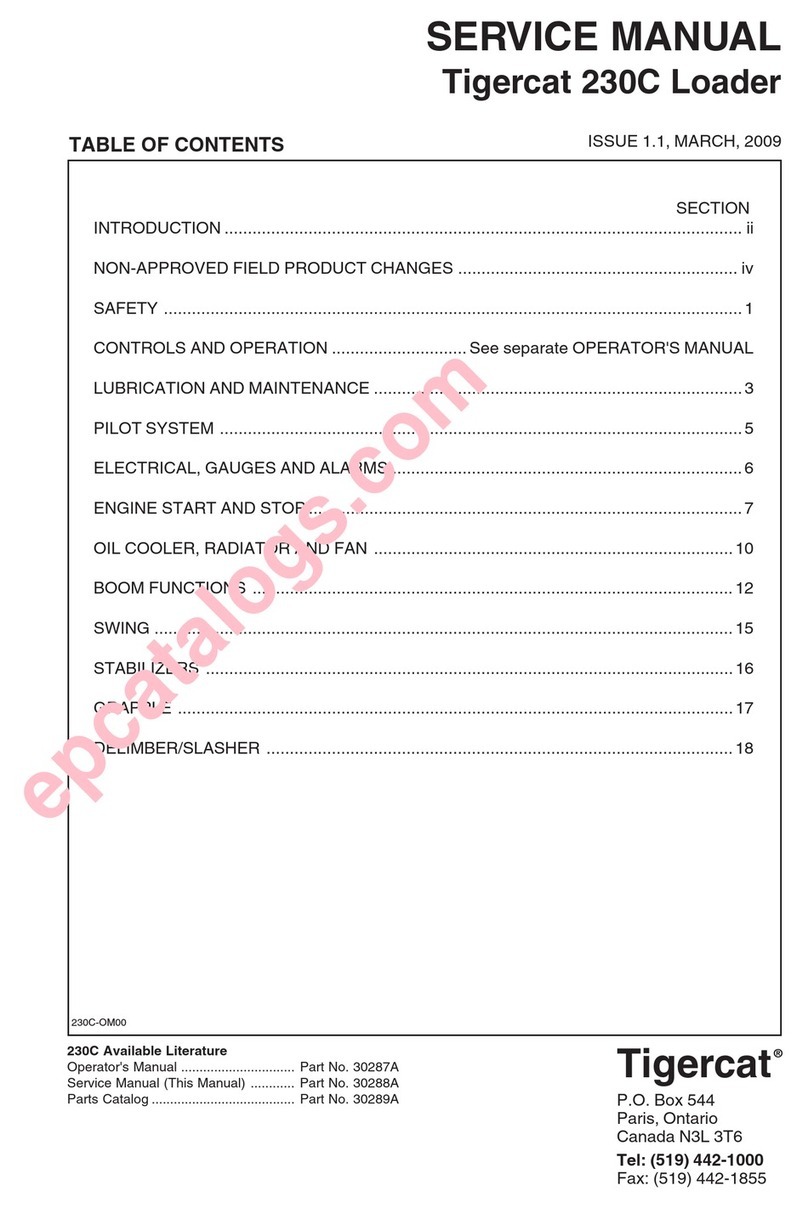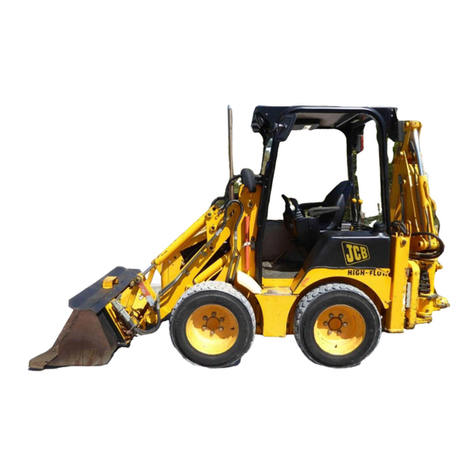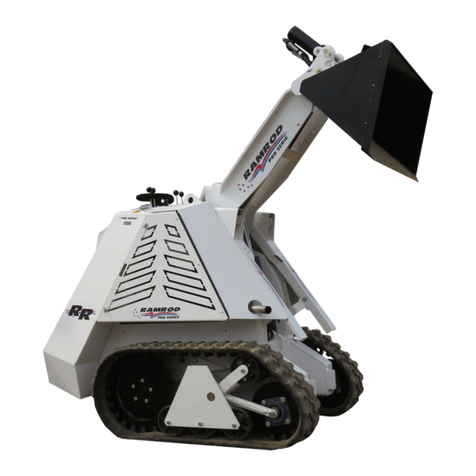
CONTENTS
Checking hydraulic oil level............................................................................................87
Checking the fuel and replenishing the wheel loader.....................................................88
Checking coolant level and replenishing ........................................................................89
Checking and replenishment of oil in the brake fluid reservoir.......................................89
Grease fittings.................................................................................................................90
Checking tire pressure, wear and wheel nuts.................................................................91
Checking and cleaning the radiator and oil cooler..........................................................91
Checking the steering.....................................................................................................91
Checking Gear Locked Parking Brake............................................................................92
Checking the disc brake .................................................................................................92
Checking and cleaning engine and electrical wiring.......................................................92
Checking V-belt ..............................................................................................................92
Washing whole machine.................................................................................................92
Draining water separator ................................................................................................92
Cleaning evacuator valve ...............................................................................................93
Checking dust indicator ..................................................................................................93
Checking Diesel Particulate Filter (DPF) Muffler............................................................93
Checking washer liquid [CABIN TYPE ONLY]................................................................94
Checking and tightening loose bolts and nuts................................................................94
Checking electrical wiring for short-circuits and loose terminals ....................................94
Checking the lamps and instruments..............................................................................94
Testing the horn..............................................................................................................94
Checking the machine for leaks......................................................................................94
Checking and cleaning after operating in muddy areas..................................................94
EVERY 50 HOURS SERVICE............................................................................... 95
Checking the battery condition .......................................................................................95
EVERY 250 HOURS SERVICE............................................................................. 96
Grease fittings.................................................................................................................96
Checking fan belt tension...............................................................................................97
Checking radiator hoses and clips..................................................................................97
Cleaning and checking air cleaner element....................................................................98
Checking Fuel Line and Intake Air Line..........................................................................98
Checking wheel nuts.......................................................................................................98
Cleaning the filter element..............................................................................................98
Replacing water separator filter element........................................................................99
EVERY 500 HOURS SERVICE............................................................................. 99
Changing engine oil........................................................................................................99
Replacing the engine oil filter cartridge.........................................................................100
Checking and replenishing oil in the front and rear axle, reduction gear case.............101
Replacing return filter....................................................................................................101
Changing the fuel filter..................................................................................................102
EVERY 1000 HOURS SERVICE......................................................................... 102
Changing oil for the front and rear axle case................................................................102
Replacing HST oil filter.................................................................................................103
Changing hydraulic oil and the suction filter.................................................................104
Replacing air cleaner element......................................................................................105
Adjusting Engine Valve Clearance ...............................................................................105
EVERY 1500 SERVICE HOURS......................................................................... 105
Checking Injector Tip....................................................................................................105
Replacing Oil Separator Element .................................................................................105
Checking EGR Cooler ..................................................................................................106
EVERY 2000 HOURS SERVICE......................................................................... 106
